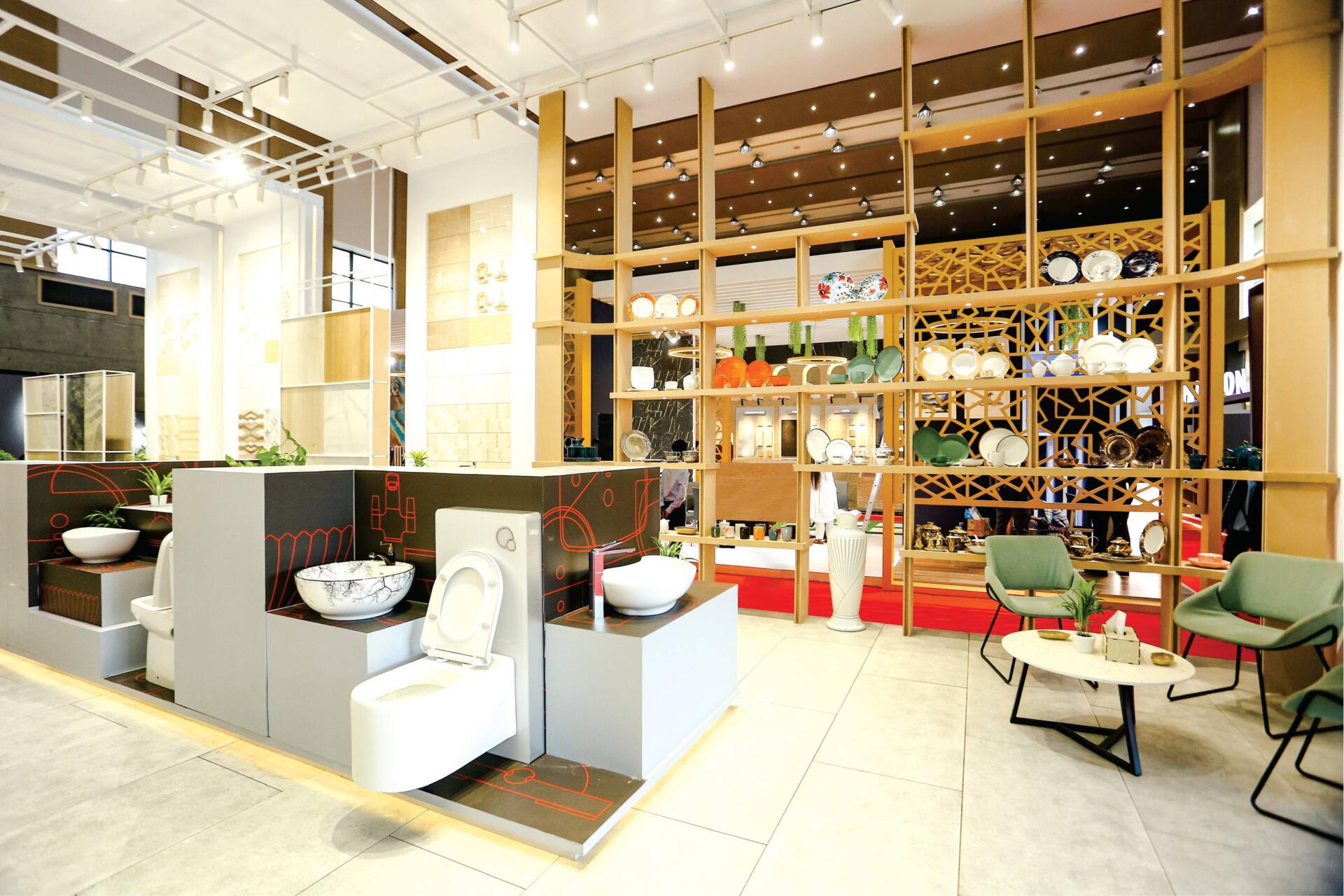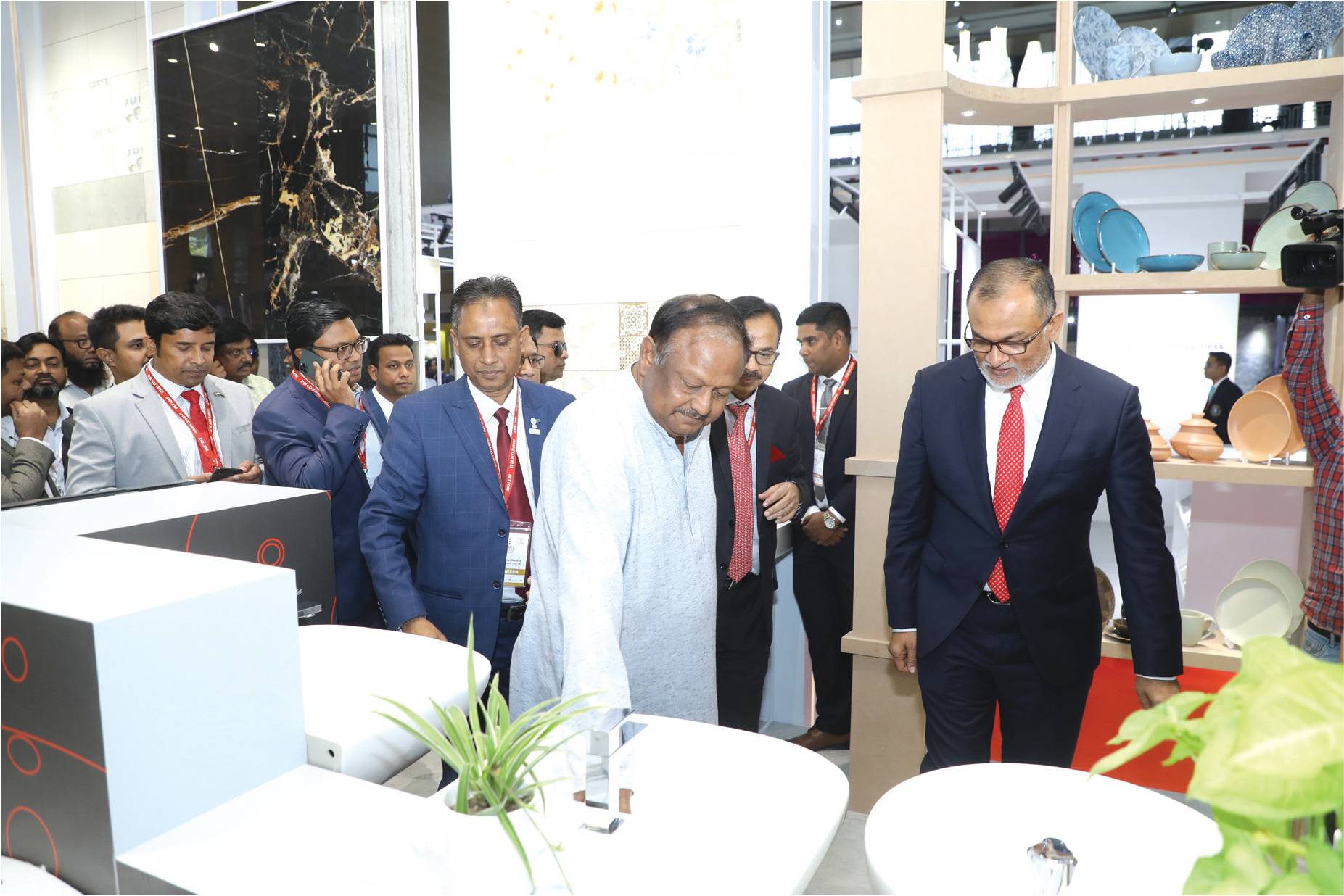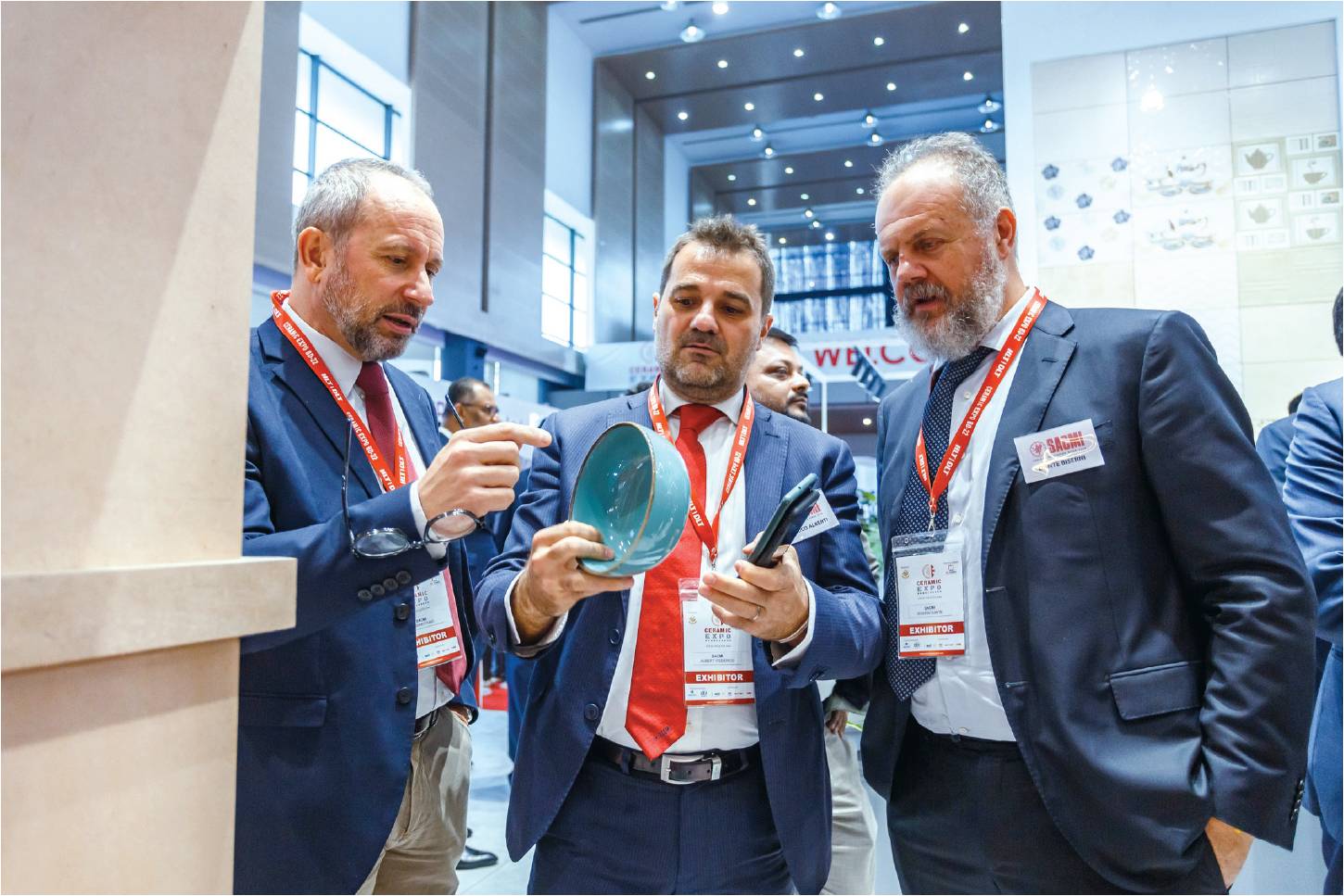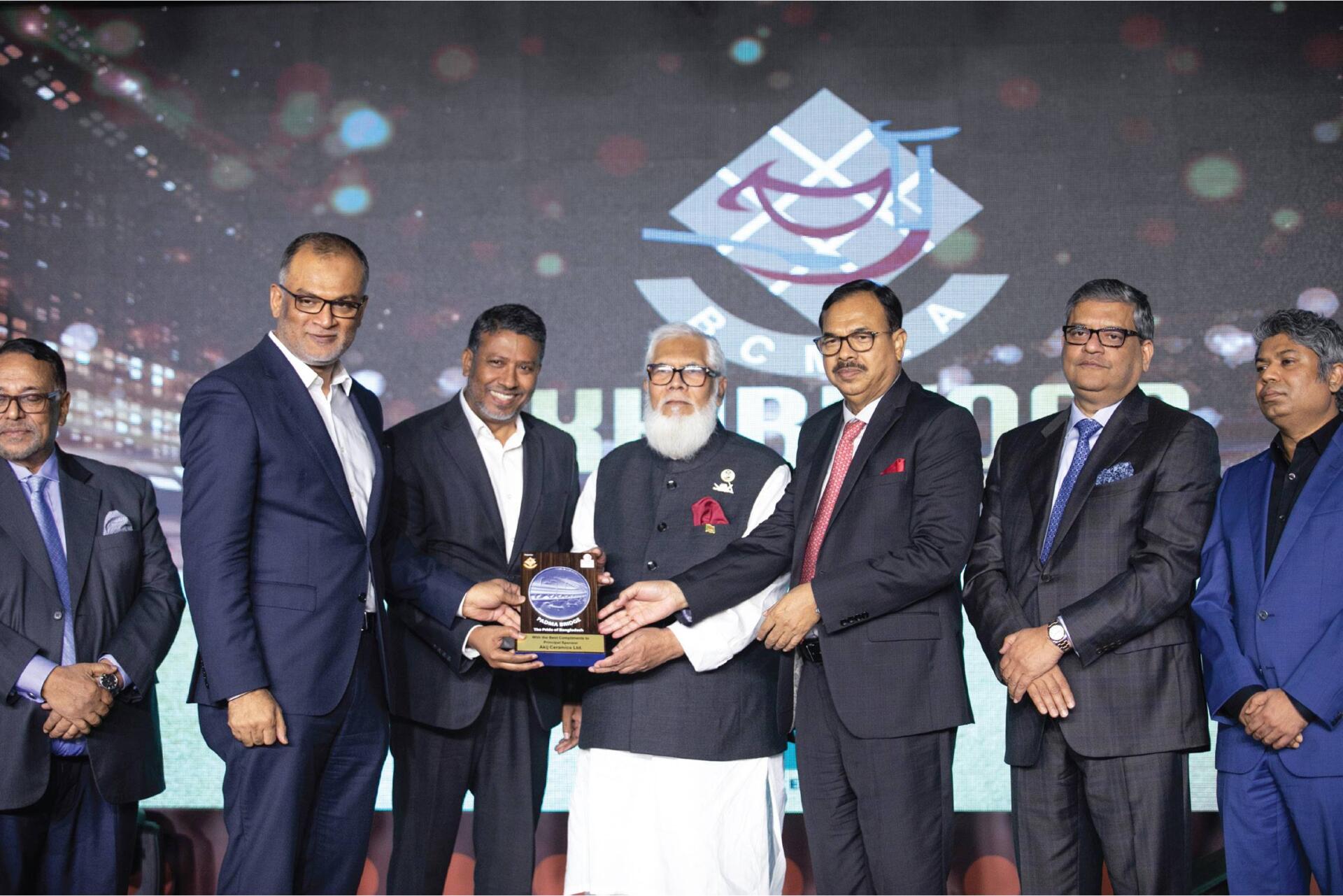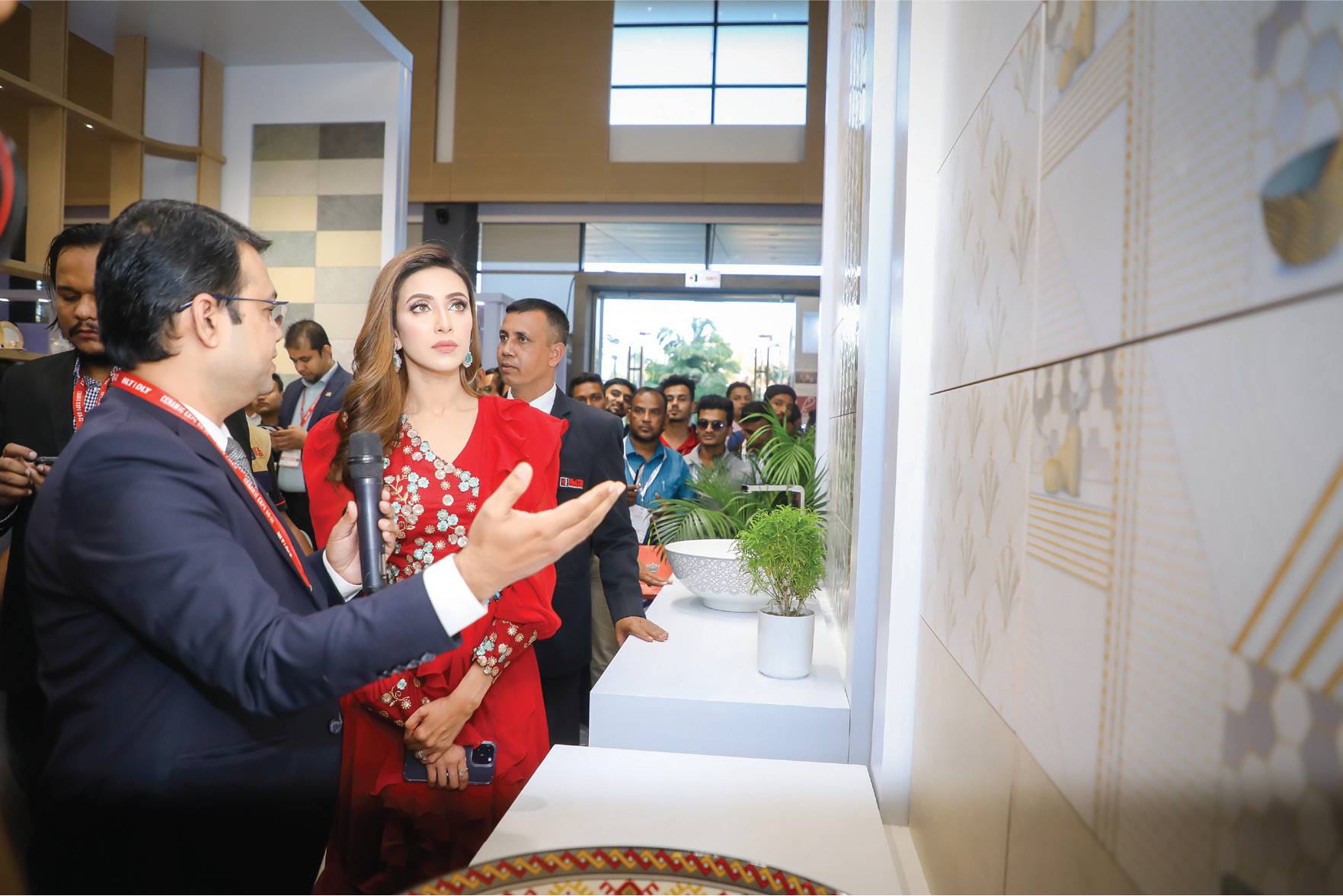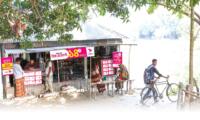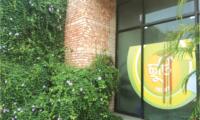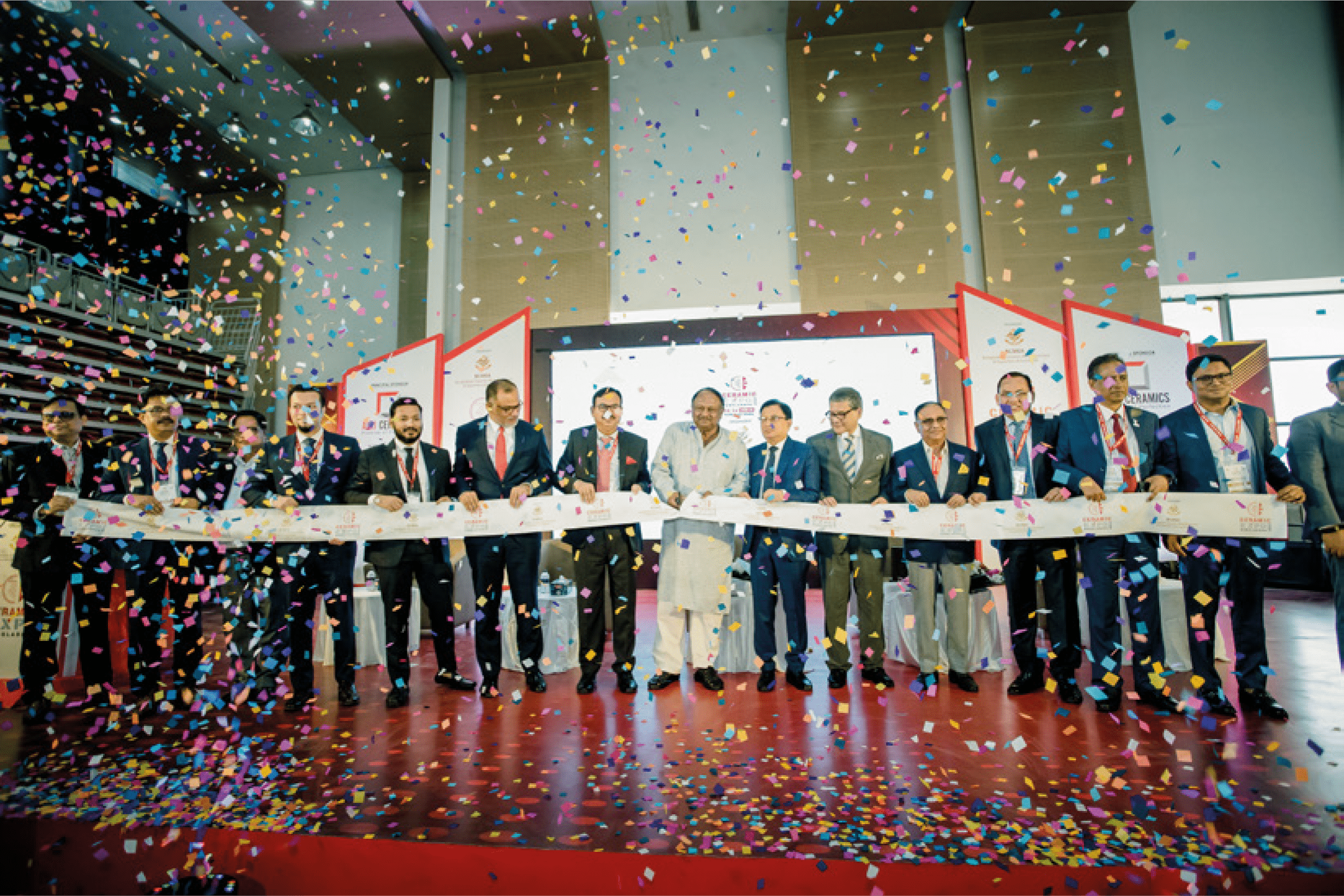
Ceramic Expo Bangladesh 2022 Getway to Explore Ceramic World
In today’s globalised world, trade is considered the lifeline of a nation. Not only does it contribute to flourishing an economy, but it a so allows cultural integration promoting enrichment and development at both micro and macro level. It allows for technology transfer, presenting the nations lagging behind with opportunity to gain momentum for attaining growth. And the global community acknowledging its significance and impact has devised various tactics to encourage trade. To this end, international exhibitions have proved to be one of the most fruitful approaches time and again. The international community lauds and celebrates such exhibitions that bring industrialists from different corners of the globe onto a common platform, for a common purpose, promoting trade. In Bangladesh, the ceramic industry is one of the burgeoning manufacturing sectors. As the country experiences steady economic growth and urbanisation, the local demand for ceramic products too continues to grow. Catering to 75 per cent of the local demand, the sector also exports quality products to many countries, thanks to its exquisite designs and multifarious functionalities. The industry has seen production growth of 200 per cent in the past 10 years. The growth trend is an indication of the industry’s potential to be one of the top foreign exchange earners in the country. The total investment, both local and international, in the sector is about US$1.58 billion with tiles accounting for 62 per cent, tableware 23 per cent and sanitaryware 15 per cent of the share respectively. The ceramic sector has made a significant contribution to the country’s GDP with exports worth over US$50 million in the 2020-21 fiscal year. Even though this export level is owed to the high-quality products manufactured here in Bangladesh, it is also owing to the flexibility in Minimum Order Quantity, capability to export in bulks and the GSP facilities that Bangladesh enjoys. The industry has seen production growth of 200 per cent in the past 10 years. The total investment, both local and international, in the sector is about US$1.58 billion with exports worth over US$50 million in the fiscal year 2020-21. Bangladesh ceramics have touched the lives of many high-profile users. It has carved its place in the Buckingham Palace of the Great Britain, the British Parliament, the Presidential Palaces of India and Pakistan, the Royal Palace of Bhutan and many more. Our global buyers from different parts of the world are: USA: Crate&Barrel, Libbey, Pottery Barn, Williams-Sonoma, Michael Aram, 10 Strawberry Street UK: Royal Doulton, Wedgwood, Portmeirion Group, Rosenthal, Goodfellows, Churchill, waitrose, Sophie Conran, Jersey Pottery, John Lewis EUROPE: ZARA Home, Monoprix, Villeroy & Boch, XXXLUTZ, loria, Rosendahl, LPP, Habitat, Taitu, H&M, Kasanova, Migros, Schonhuber Franchi Asia: Noritake, Good Earth, DLF, ICA, Pure, Westside, INV Home Currently Bangladesh exports to over 50 countries, which are: The USA, Canada, the UK, Germany, France, Italy, Sweden, Switzerland, Norway, Greece, Ireland, the Netherlands, Spain, Austria, Belgium, Denmark, Finland, Poland, Australia, New Zealand, Japan, Russian Federation, the UAE, Saudi Arabia, Kuwait, Egypt, Libya, Turkey, Jordan, Iran, Qatar, Oman, Syria, Lebanon, Pakistan, Sri Lanka, Nepal, India, the Maldives, Taiwan, Malaysia, Singapore, Brunei, Myanmar, Thailand, Indonesia, Argentina, Chili, Peru, Colombia, and Brazil. Bangladesh is exploring beyond the traditional usage of ceramics and tapping into a much wider array of applications, namely Advanced Ceramics. The value-added features of Advanced Ceramics allow it to be used to address issues like energy conservation, water purification, electronic and biomedical applications. Companies and universities are coming together getting deep into research and development to explore the potential of advanced ceramics as global market for these products is experiencing a high growth momentum which comes as an opportunity for the ceramics community. But to make use of this, it is essential to be exposec to the modern cutting-edge technologies used in production It is important to transfer technology on a global scale to meet the burgeoning demand for ceramics in all its forms. And to promote technology transfer and improve global trade performance, several international ceramic expos are held around the world. Advanced ceramics is also being manufactured on a mass scale which has a lot of potential not only in the markets but also in the lives of people. The 3rd edition of the state-of-the-art international trade fair and B2B platform for ceramic industries around the world, Ceramic Expo Bangladesh-2022 is scheduled to take place from 24-26 November 2022. This year the expo will be bigger and cover four halls of International Convention City Bashundhara (ICCBI on Purbachal Expressway, Dhaka. Living up to its motto ‘Gateway to Explore Ceramics World’, the Ceramic Expo offers just that to the industry. It attracts an impressive gathering of international manufacturers, suppliers, experts and delegates promoting trade. This year the expo will host 120 exhibitors from 20 countries who will showcase their finest ceramic products and top-tier technology emerging in the world of ceramics. Some 200 hosted buyers and 150 brands from both home and abroad will participate and about 500 delegates are expected to join from different parts of the world. Industry leaders like Akij, Sheltech, DBL, Stella, Mir, DLT, SACMI, CBC, Shinepukur, FARR, ABG, Astral, Bridge Chemie, Foshan, Floorex, Modena Technology, Monte Bianco, NJC, and Torrecid will showcase tiles, sanitaryware, tableware, advanced ceramics and machinery. There will be multiple insightful seminars and B2B meetings among local and international delegates on the advancement and potential of ceramics globally. In the next five years, about 20 new companies are in the pipeline to be introduced to this rapidly growing sector. Export is predicted to rise up to around US$100 million and investment will grow to become US$1.0 billion. The future of the ceramic sector in Bangladesh looks very promising in the coming years. Special investment is being made to enhance the skill-set of the workers involved in the ceramic sector. The use of modern technology also keeps on growing and so does the procurement of quality raw materials. Advanced ceramics is also being manufactured on a mass scale which has a lot of potential not only in the
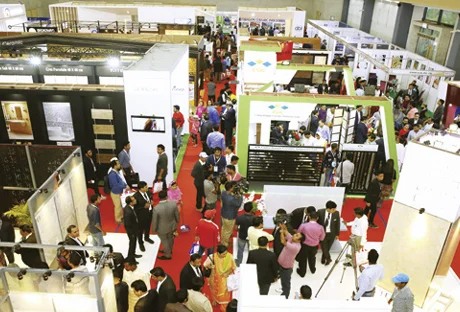
A Snapshot of International Ceramic Expos Worldwide
International Ceramic exhibitions are held worldwide for their distinctive ability to bring industrialists and technologists from different corners of the world into single platforms to serve the common purpose of promoting trade. The world’s most advanced technological innovations, equipment, raw materials, dynamic use of advanced ceramics and the best practices available are showcased in these international ceramic exhibitions. These exhibitions often additionally host B2B (business-to-business) meetings, seminars and conferences which result in strengthening professional networks and create further opportunities in establishing footholds in different parts of the world. Tecna – The Future of Surfaces, is an international marketplace organized at the heart of one of the most creative, innovative and technologically sound countries for surfaces, Italy. The exhibition offers the best innovations in aesthetics and processes for the sector every two years. Tecna, the international exhibition of technologies and surface supplies, is scheduled to be held at the Rimini Expo Centre, Italy, on September 27 to 30, 2022. The event is organized by IEG (Italian Exhibition Group) in collaboration with ACIMAC (Association of Italian Manufacturers of Machinery and Equipment for Ceramics). Today, numerous ceramic exhibitions are held around the world, which help display the latest materials and technologies and provide face-to-face networking and business opportunities to discuss the future challenges and opportunities facing the global ceramics industry. Tecna – The Future of Surfaces, is an international marketplace organized at the heart of one of the most creative, innovative and technologically sound countries for surfaces, Italy. The exhibition offers the best innovations in aesthetics and processes for the sector every two years. Tecna, the international exhibition of technologies and surface supplies, is scheduled to be held at the Rimini Expo Centre, Italy, on September 27 to 30, 2022. The event is organized by IEG (Italian Exhibition Group) in collaboration with ACIMAC (Association of Italian Manufacturers of Machinery and Equipment for Ceramics). Tecna represents a global meeting point for technology and innovation for the production of all types of surfaces and materials, from the most traditional to the most innovative ones. The exhibitors get the opportunity to meet national and international buyers from all sectors in the surface industry. Most participants are from Asia, Middle East, Africa, the Mediterranean Area, Europe and Latin America. CERSAIE – International Exhibition of Ceramic Tile and Bathroom Furnishings, is the foremost international event for designers of ceramic and other surface coverings and bathroom furnishings. The exhibition is due to be held at Bologna Exhibition Centre, Bologna, Italy, from September 26 to 30, 2022. The expo becomes a dynamic hub for architects or designers, retailers, contractors, installers, interior designers and even people looking to renovate homes or offices. One will get the chance to discover design ideas, architecture conferences, training events and meetings with production companies and discover the new offerings proposed by the market. The Foshan Tanzhou Ceramics Exhibition is due to be held from November 16 to 20, 2022 at Foshan Tanzhou International Convention and Exhibition Centre. The exhibition is organized by Foshan Taolian Technology Development Co. Ltd. The 5-day event will host over 400 exhibitors who will showcase the latest products, processes, and application designs. 20 heavy events will focus on the frontier hot topics of the industry. ASEAN Ceramics is Southeast Asia’s leading international exhibition of machinery, technology, raw materials and advanced ceramics. The event takes place in Thailand and Vietnam on alternate years and is organised by MMI Asia Pte Ltd, a full subsidiary of Messe Munchen GMBH (MMG). ASEAN Ceramics 2022 will take place in Thailand at IMPACT Exhibition and Convention Centre, Bangkok from November 30 to December 02, 2022. The exhibition will also host a three-day conference that would include a high-level plenary sessions and feature a series of presentations and panel discussions on topics ranging from new research on global innovations trends to their impacts on the global ceramic industry by globally renowned speakers. ASEAN Ceramics attracts over 4,000 trade visitors from close to 50 countries. The top visiting countries include China, India, Vietnam, Malaysia, Japan and Indonesia. The Highly Functional Material Week is organized by RX Japan Ltd. and has two shows, one held in Tokyo and the other in Osaka. The Tokyo show will be held from December 7 to 9, 2022 at Makuhari Messe and the show in Osaka will be held from May 17 to 19, 2023 at INTEX Osaka, Japan. The material week focuses on a range of matters, from film technology, metal, plastic, adhesion and bonding, paint and coating and also highly functional ceramics. The show will feature innovative structural materials, sustainable materials, materials for antibacterial and antiviral and materials for next-generation battery manufacturing. Indian Ceramic Asia, the 17th Edition of the state-of-the-art annual trade fair, is scheduled to be held at the Helipad Exhibition Centre, Gandhi Nagar, India, from February 15 to 17, 2023. The trade fair is jointly organized by Messe Munchen India, a subsidiary of Messe München GmbH and Unifair Exhibition Service Co., Ltd. The Indian ceramic industry has the potential to become one of the largest producers of ceramics in the world and is looking to double its turnover by 2024. This trade fair and conference for the ceramic and brick industry offers a curated platform for all leading companies to showcase their latest machinery, high-quality raw materials, analysis and laboratory equipment, storage equipment, material handling and much more. This presents the manufacturers or suppliers of raw materials or ceramic production equipment with a platform to meet new partners and clients and help their businesses grow in India. The 8th Edition of Ceramics Expo 2023, co-located with Thermal Management Expo is to be held at Suburban Collection Showplace, Novi, Michigan, USA, from May 1 to 3, 2023. The Ceramics Expo brings together engineers, decision-makers, end-user OEMs and buyers from across the globe to source new materials, components and technologies, network with like-minded professionals, and discuss the challenges and opportunities in the technical ceramics industry. The expo will also host a conference where industry leaders will share their
